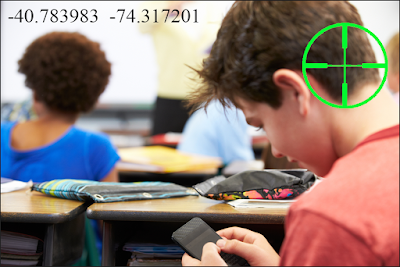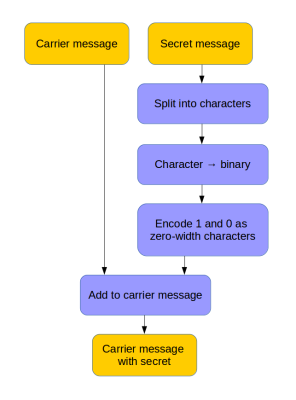 |
Click to enlarge.
|
Planting bugs, spy cameras, and other illegal surveillance devices is easy. Most come pre-disguised as fully functional everyday objects. They are being built into wall clocks, power strips, USB chargers, and even desktop calculators, for example.
Competent Technical Surveillance Countermeasures (TSCM) consultants have a variety of very effective ways to detect electronic surveillance devices. But, when the stakes are high enough—and the opposition is sophisticated enough—a Murray Associates TSCM X-ray deep clean is the logical option. This new service offers the most assurance that room objects are not bugged.
------
Kevin D. Murray, Director, relates an interesting cautionary tale, “There are also times when a TSCM X-ray deep clean is just smart due diligence. The classic example of a lack of due diligence is the KGB bugging of American typewriters during the Cold War.”
Popular Mechanics explains…
“The Cold War spy drama that played out between the U.S. and the Soviet Union was the source of much ingenious spy technology. One of the most ingenious devices fielded by both sides was a typewriter designed to spy on the user, quietly transmitting its keystrokes to KGB listeners. The technology was an early form of keylogging but done entirely through hardware—not PC software.” A total of 16 bugged typewriters were used at the U.S. Moscow embassy for over eight years before discovery. Had a TSCM X-ray inspection been conducted before the typewriters were installed, no secrets would have been lost.
Keep the KGB typewriters in mind when bringing in a new phone system, keyboards, mice or other office items. This is the ideal time to sneak a bug in, and for a TSCM X-ray deep clean.
------
Murray Associates TSCM can economically inspect all your new arrivals at one time, at your location, or ours. And, discretely security seal your items at no extra charge—before you start using them.
When should a TSCM X-ray inspection be conducted?
- When the stakes are high.
- When the opposition is formidable.
- When the areas being inspected with regular TSCM methods are especially sensitive.
- Whenever you bring new tech into the workplace en masse. New desk phones, new computer equipment, new gifts, for example.
How often should an a TSCM X-ray deep clean be conducted?
- Once per year during the quarterly, proactive TSCM inspections. (Quarterly inspections are the norm for most businesses.)
- Whenever there are active suspicions of illegal electronic surveillance.
- Upon the discovery of a listening device or other suspicious object.
Counterespionage Tip: If one bug is discovered, keep searching. Professionals will plant multiple devices, with one being easy to find. Their strategy… to thwart further searching by inexperienced TSCM technicians.
Types of X-ray analysis services offered:
- On-site, when we are conducting a Technical Surveillance Countermeasures (TSCM) inspection for you.
- On-site, to inspect multiple new items entering your environment, such as new telephones, keyboards, computer mice, etc.
- Objects may also be mailed to the Murray Associates TSCM lab for X-ray analysis. Contact them directly for details.
Full Press Release




















